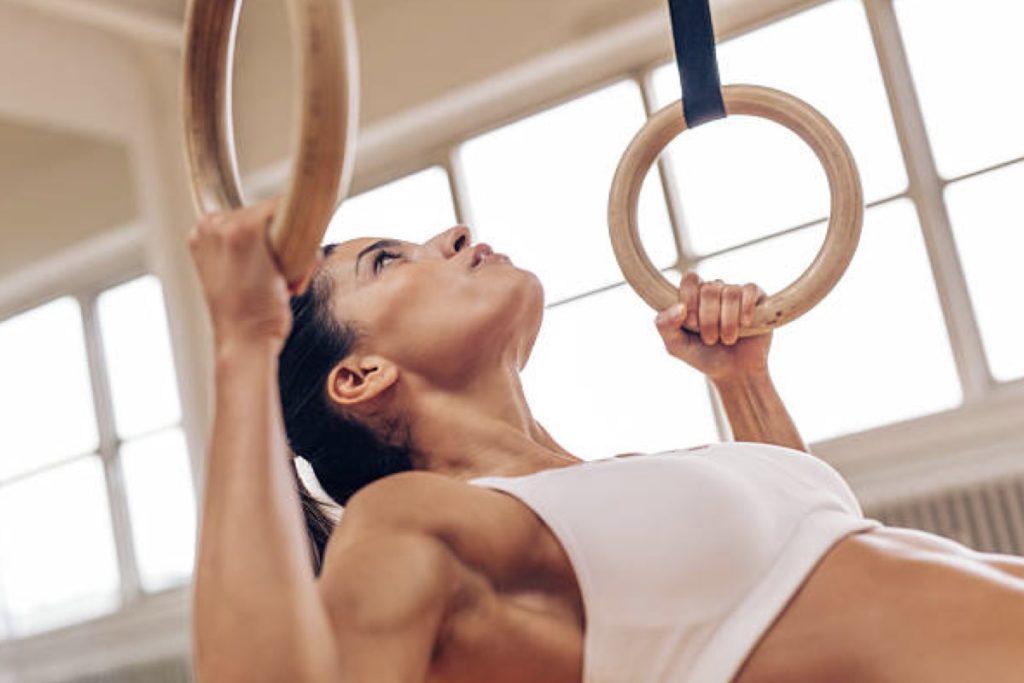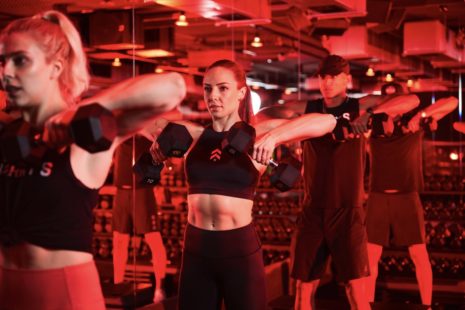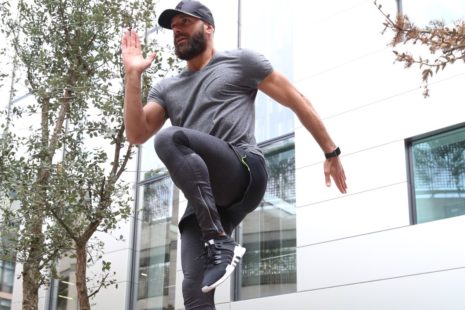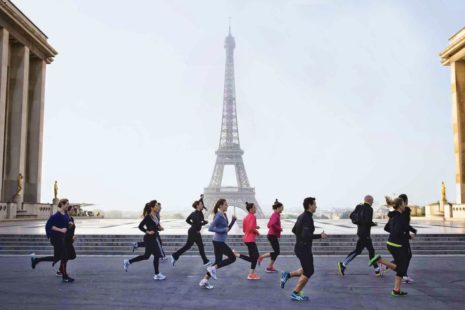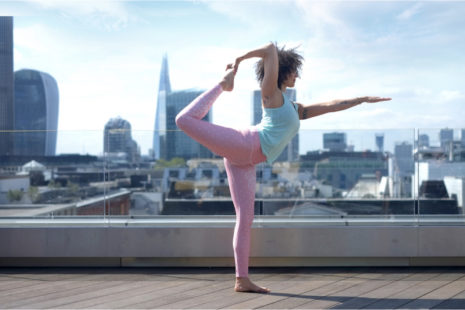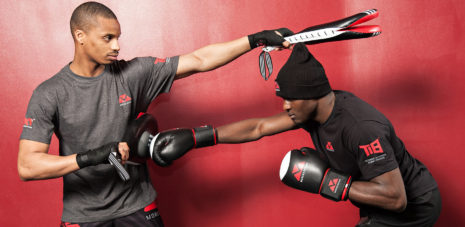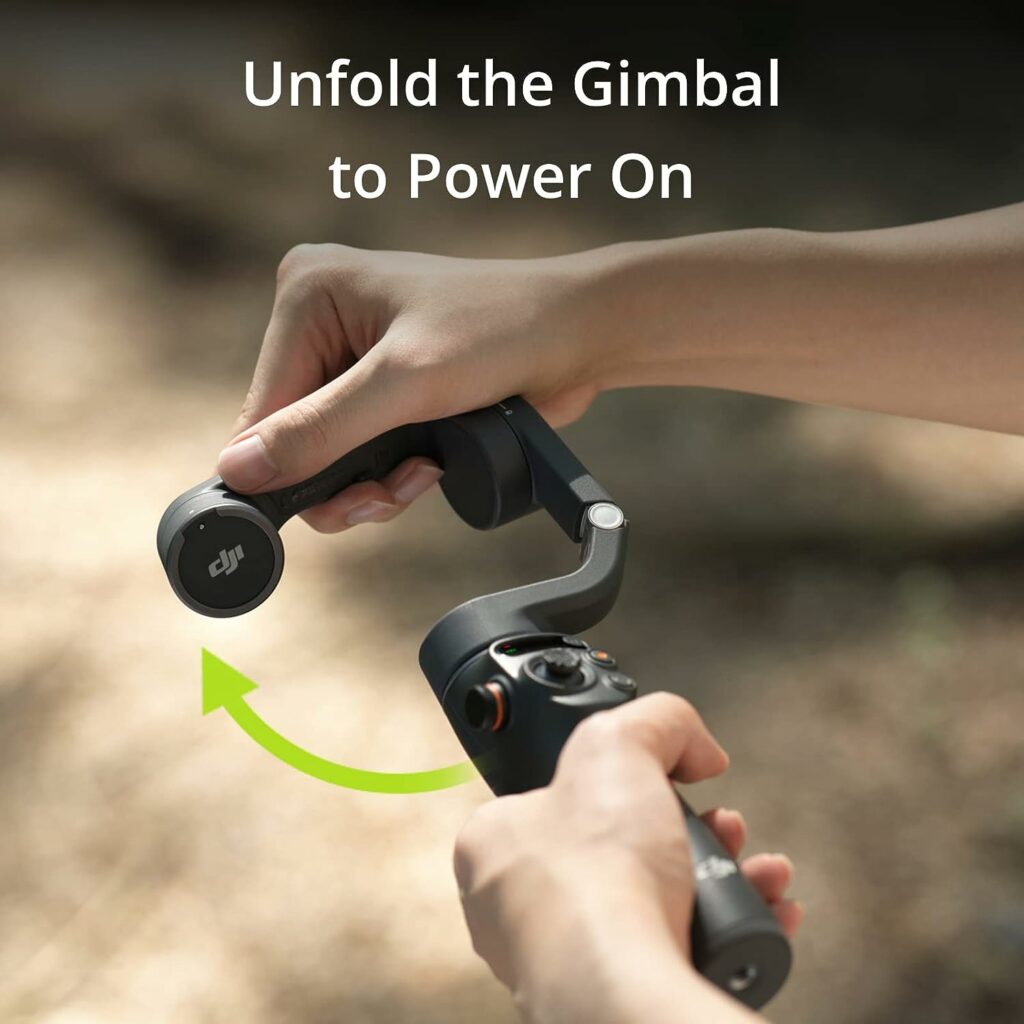Want to master gravity-defying feats such as muscle-ups and handstands? We ask Paddy Archer, founder of Califlow, how to venture into the world of calisthenics…
What is calisthenics?
Calisthenics is a bodyweight movement practice. Calisthenics the word is derived from two Greek words, Kallos which means beauty, and Sthenos, meaning strength. Calisthenics exercises are typically natural movements the body can perform, such as pulling, pushing and squatting. These movements have been recorded in use in Ancient Greece. In more modern times people calisthenics has roots in gymnastics and also can be seen in some early military fitness training manuals.
Why has it become so popular?
We have seen massive growth in HIIT-style workouts over the past 10 years and I think some people have grown tired of the intensity. They want to get stronger, be more mobile and look good, too – and calisthenics is a great way to achieve this. Calisthenics is more of a training lifestyle than an 8-week bootcamp. You don’t need equipment and what you learn in the studio you can take with you.
It also comes down to social media. Our exposure to various activities is vastly greater now as opposed to 10 years ago. We can connect with the top people in any field so there is a huge dispersion of knowledge going on currently. Simply put, calisthenics looks pretty cool, so invariably generates some level of following on social media and inevitably people seek to recreate that. Really I think it’s only just beginning as a movement, something akin to yoga in the 80s and 90s.
What are the benefits?
Benefits include increased lean muscle mass; fat burn; increased strength; improved mobility and increased spinal health.
Five beginner exercises
1. Pull up
Hanging from a horizontal bar in a hollow body position (see below), pull chest to bar, retracting shoulder blades. Lower. Beginners use resistance bands to reduce difficulty of pull up and reduce assistance as you progress. Aim for sets of 5-8.
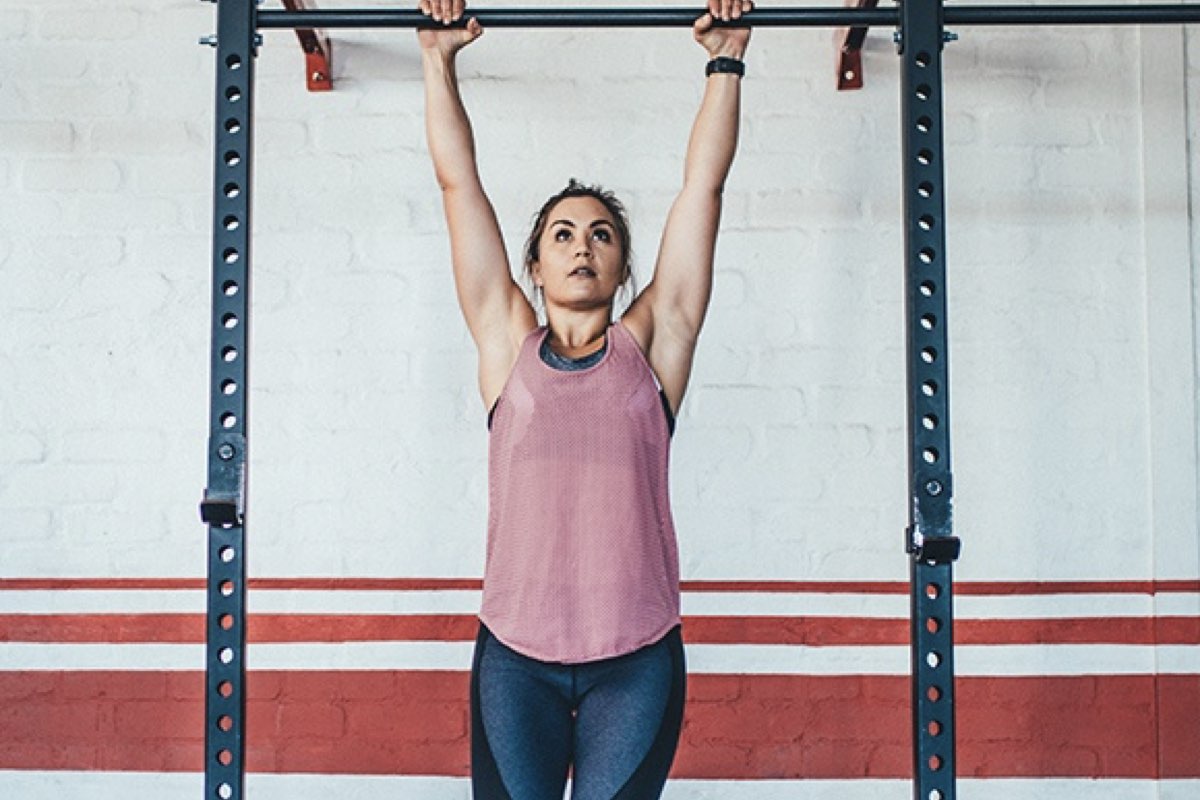
2. Hollow body
This is a fundamental position for many calisthenics exercises. Lay on back on floor, lift legs and shoulders just off floor, point toes, squeeze quads, tuck tailbone, reach out of shoulders. Fingers point towards feet. To make easier, bend knees, shins parallel to floor. To make harder, raise arms in line with ears. Aim to hold for 15 seconds, adding time as you get stronger.
3. Push up
Take high plank with your hands on the floor underneath shoulders and arms extended. Legs squeeze together, tailbone tucked. Bend elbows, keeping elbows tight in towards body, to 90 degree angle with full body engaged. Push back up. Repeat. Reduce difficulty by placing knees to floor or raising hands onto a box. Aim for sets of 10.
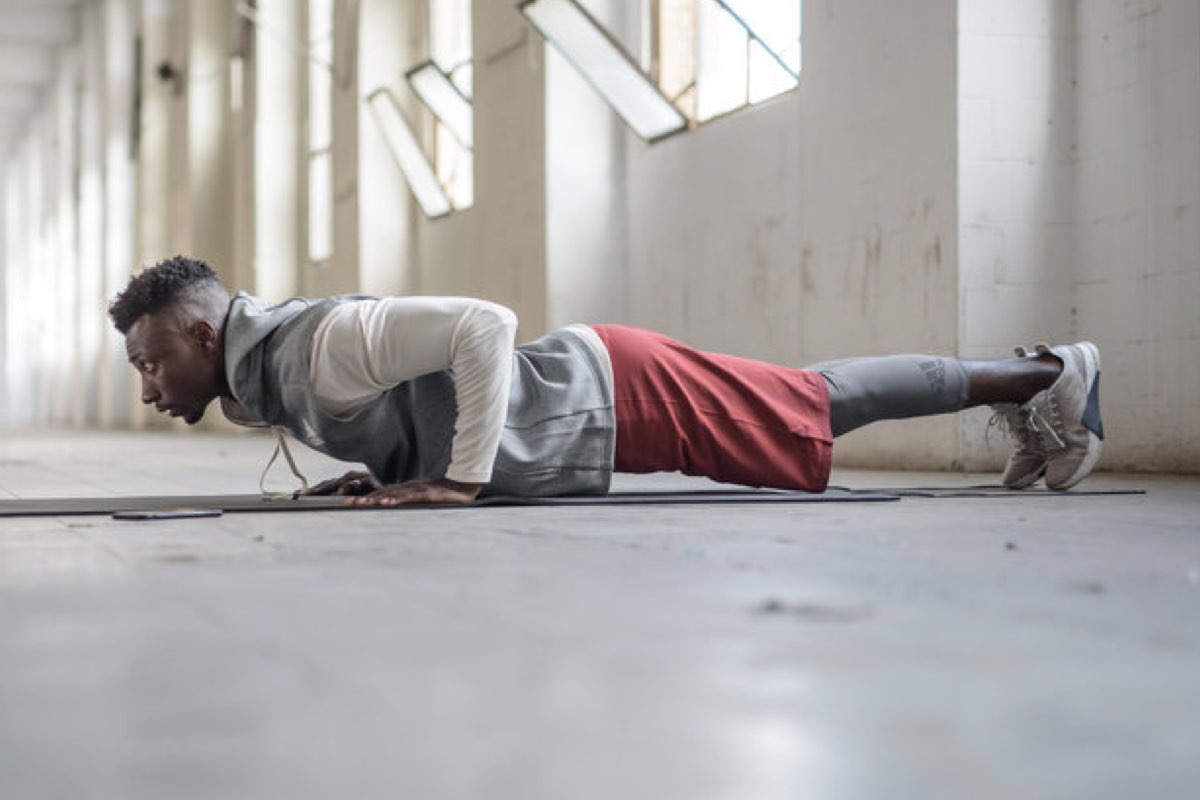
4. Hanging knee raise
Hanging from bar, bring knees to chest. The key here is to reduce any swinging action as reducing momentum will add considerable difficulty. Increase difficulty by straightening legs, bringing toes to bar. Aim for sets 8-10.
5. Squat
Spend time in a deep squat, use books or yoga blocks to raise ankles if it makes it more accessible. Or perform reps of bodyweight squats with feet hip-width apart. Work to increase range of motion, working into deep squat through all reps. To make more challenging performing jump squats. Sets 15-20.
Five advanced exercises
1. Muscle up
This is a progression of pull up to include a transition and then dip at the top of bar. Perform the pull up movement with enough power for the chest to rise above the bar and then transition by rotating hands onto top of bar and push up extending arms. To return bend arms, chest to bar, rotate hands and come to dead hang. Advanced practitioners can use false grip also. Top tip: use a resistance band to aid power in first phase and assist in the transition. Teaching the body to transition cleanly is imperative because bad habits can set practitioners back significantly.
2. Front lever
Hanging from bar with straight arms, keep knees into chest in a tuck position. Lift hips up and back parallel to floor. Shoulder blades are retracted. For added difficulty, start opening tuck with shins parallel to floor. To advance, extend one leg, followed by other into front lever. Remember hollow body position.
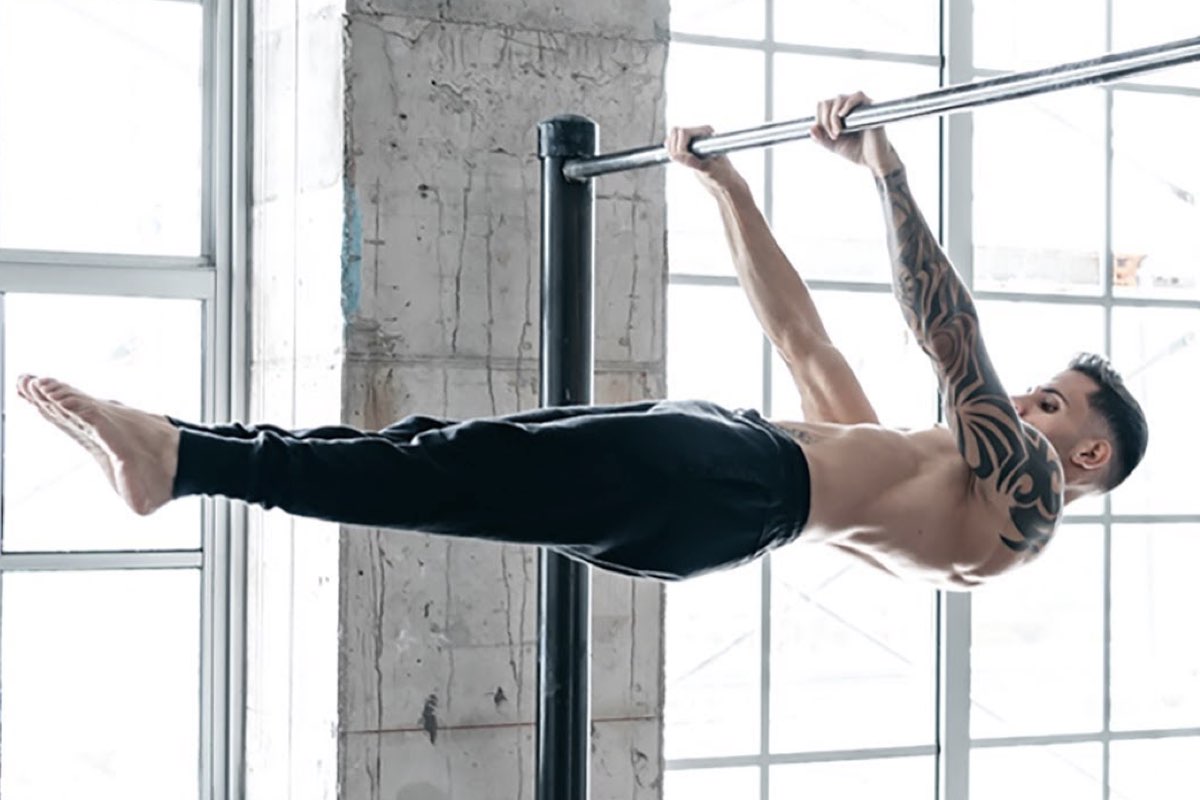
3. Back lever
Similar to front lever, hang in tuck position with straight arms. Bring body through arms, with hips parallel to floor and arms extending behind back onto bar. For added difficulty, start opening tuck with shins parallel to floor. To advance, extend one leg, followed by other into front lever. Remember hollow body position.
4. Handstand
A practice that requires lots of training. Build strength in handstand by walking up wall backward, chest and nose to wall. Hold for 30-60s. Focus on pushing up through shoulders.
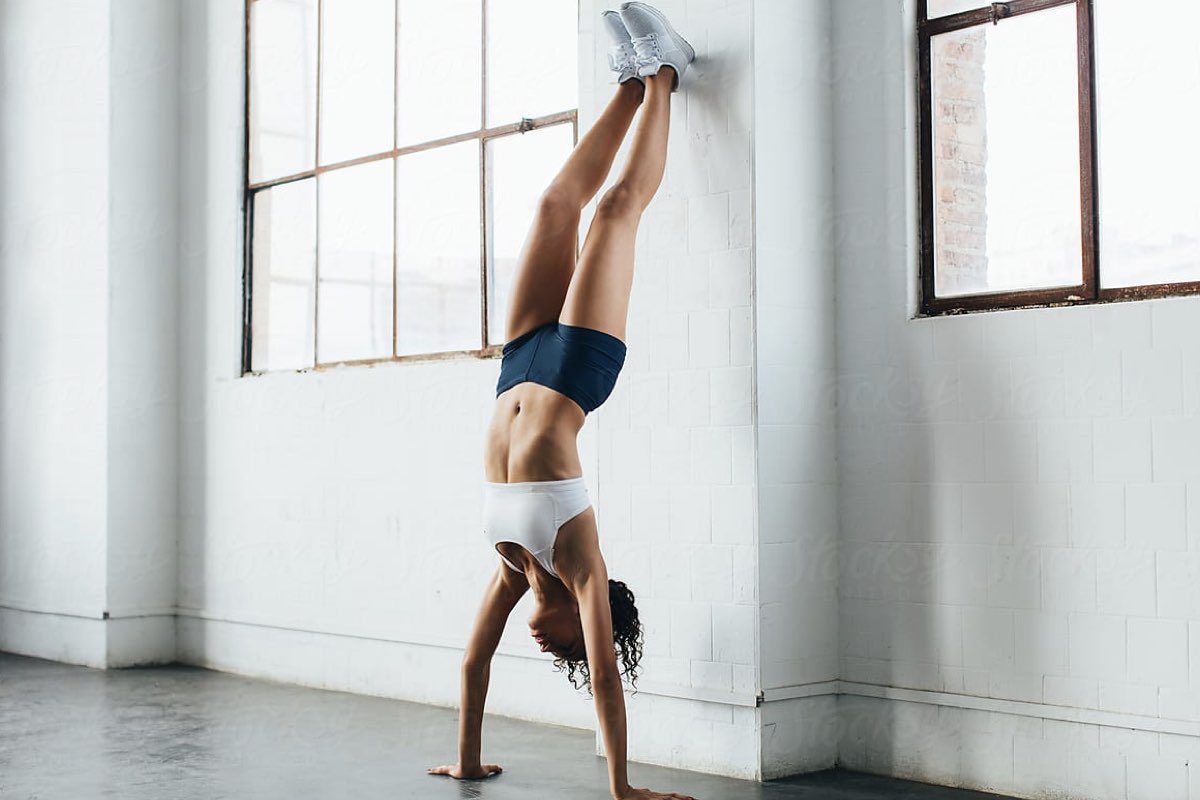
5. Skin the cat
Using bar or rings with straight arms throughout exercise, bring knees into chest and lift hips to hands. With the body upside down and vertical, carry on rotating around shoulders coming into a hanging position with shoulders behind back. For added difficulty perform with straight legs. Progress into this exercise carefully.
Califlow, located in High Street Kensington, offers calisthenics and yoga classes. Visit califlow.co
Get your weekly DOSE fix here: SIGN UP FOR OUR NEWSLETTER
